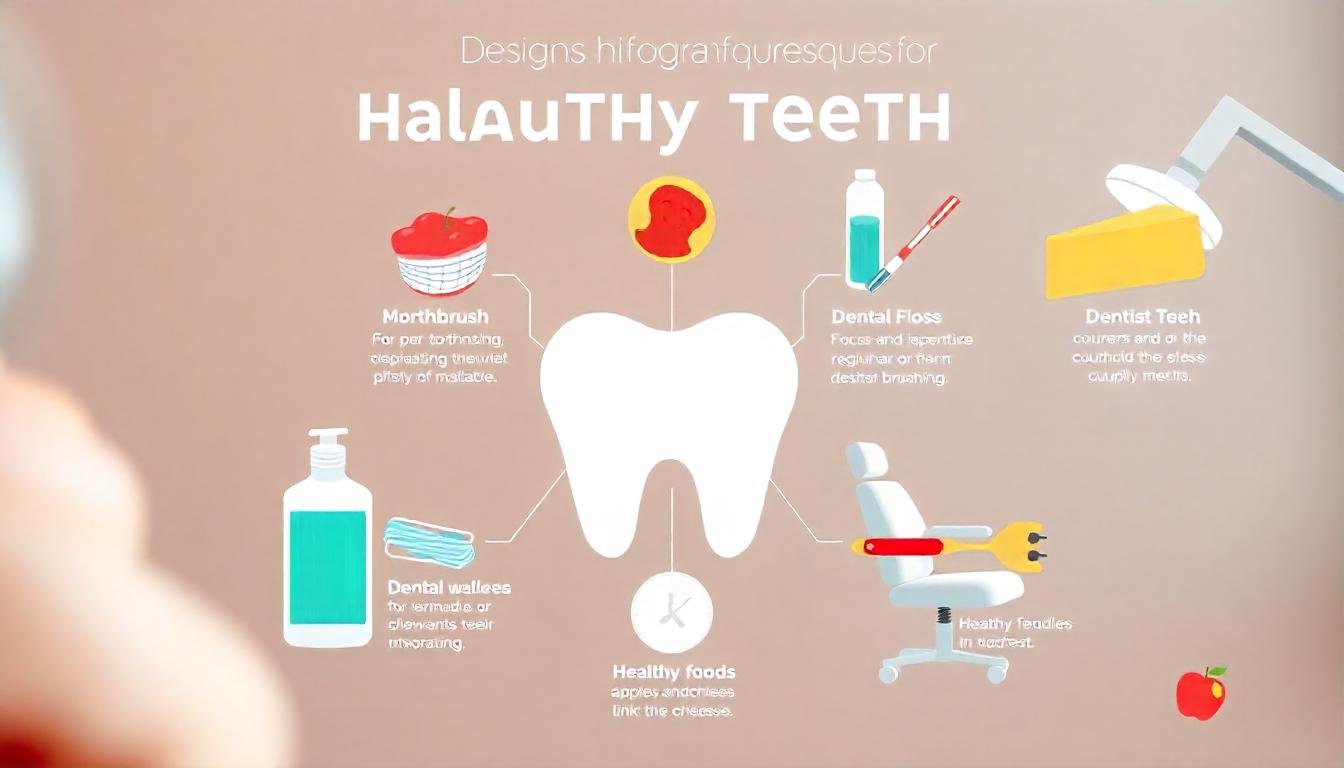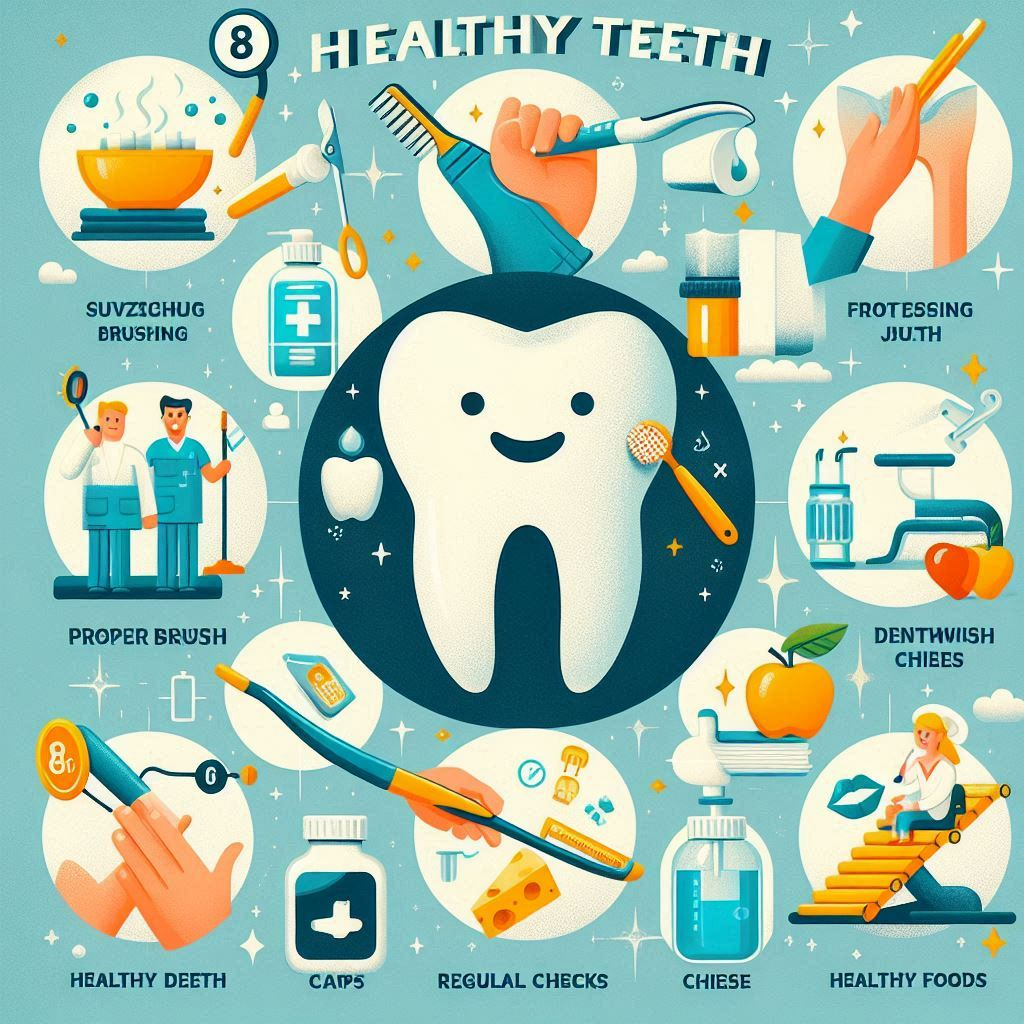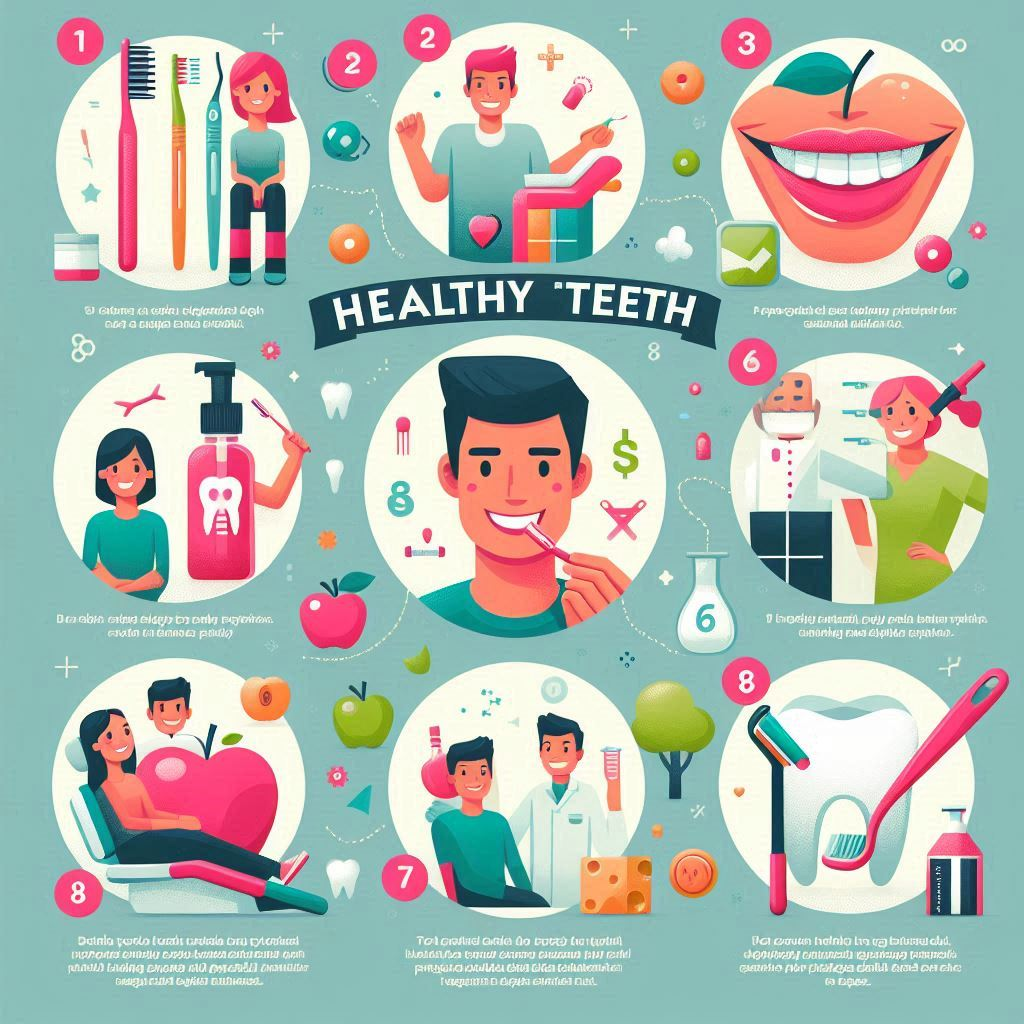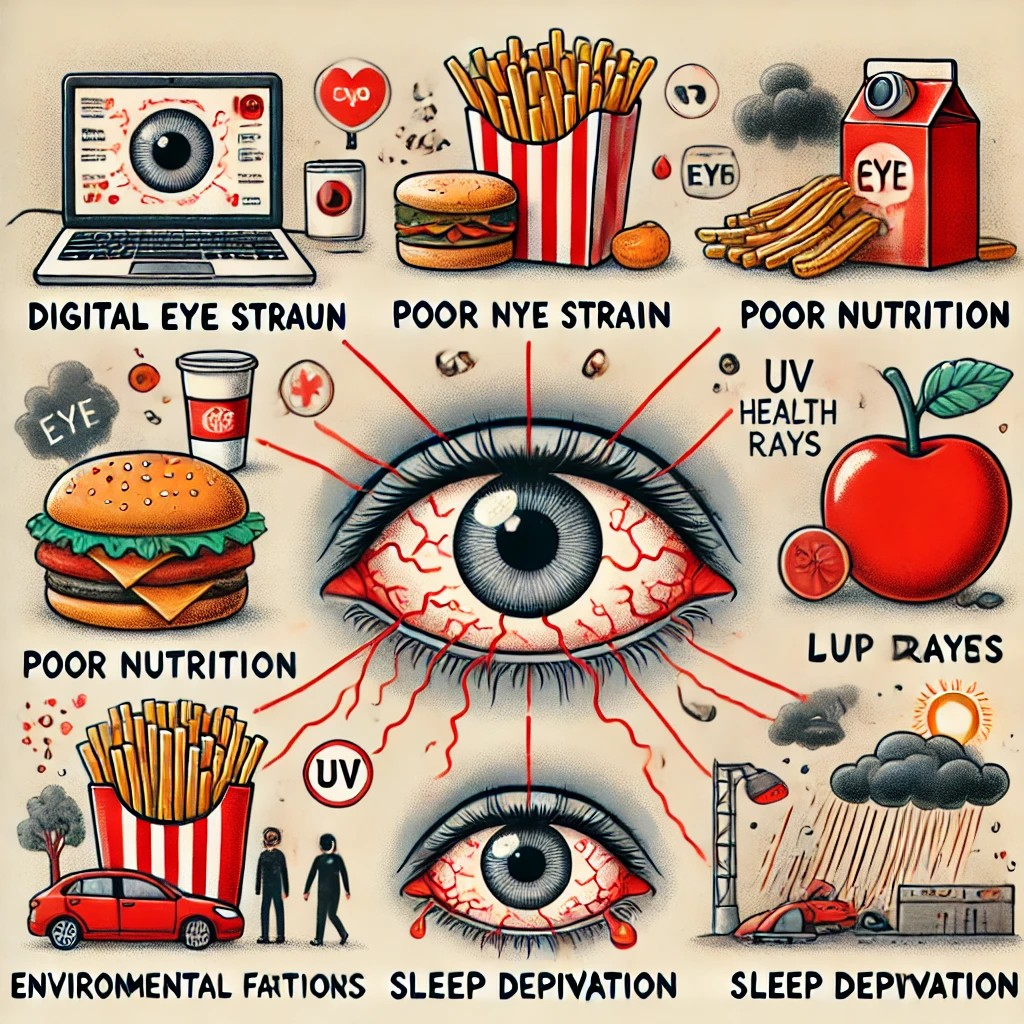
“8 Quick Oral Care Solutions for Fresh Breath”
8 Quick Oral Care Solutions for Fresh Breath
Discover 8 quick oral care solutions for fresh breath and optimal oral hygiene with our comprehensive guide.

Introduction
Brief Overview of the Importance of Fresh Breath and Oral Hygiene
Fresh breath is a key component of good oral hygiene and overall health. It not only helps you feel confident in social interactions but also indicates that your mouth is free from harmful bacteria and plaque. Maintaining fresh breath involves regular oral care practices that prevent bad breath and promote a healthy mouth.
Explanation of How Maintaining Fresh Breath Contributes to Overall Health and Confidence
Maintaining fresh breath is essential for overall health because it helps prevent dental issues such as cavities, gum disease, and infections. A clean and healthy mouth reduces the risk of bacteria entering the bloodstream and causing systemic health problems. Additionally, fresh breath boosts self-confidence and enhances your ability to communicate effectively without worrying about bad breath.
Overview of the 8 Quick Oral Care Solutions to Be Discussed
In this guide, we will explore eight quick oral care solutions for maintaining fresh breath. These solutions include brushing your teeth regularly, flossing daily, using mouthwash, staying hydrated, cleaning your tongue, avoiding strong-smelling foods, chewing sugar-free gum, and regular dental check-ups.
Solution 1: Brush Your Teeth Regularly
Importance of Brushing Teeth Twice a Day
Brushing your teeth twice a day is crucial for removing plaque and food particles that accumulate on the teeth and gums. Regular brushing helps prevent cavities, gum disease, and bad breath. It ensures that your teeth and gums remain healthy and free from harmful bacteria.
Correct Brushing Technique for Effective Cleaning
- Use a Soft-Bristled Toothbrush: Choose a toothbrush with soft bristles to avoid damaging the enamel and gums.
- Brush for Two Minutes: Spend at least two minutes brushing your teeth to ensure thorough cleaning.
- Angle the Brush: Hold the toothbrush at a 45-degree angle to the gums and use gentle, circular motions to clean the front, back, and chewing surfaces of each tooth.
- Brush the Tongue: Don’t forget to brush your tongue to remove bacteria and freshen your breath.
Tips for Choosing the Right Toothbrush and Toothpaste
- Fluoride Toothpaste: Choose a toothpaste that contains fluoride, which helps strengthen tooth enamel and prevent cavities.
- ADA Seal of Acceptance: Look for the American Dental Association (ADA) Seal of Acceptance on the toothpaste packaging, indicating that the product meets safety and efficacy standards.
- Specific Needs: Consider toothpaste formulated for specific needs, such as sensitivity, whitening, or tartar control, based on your dental health requirements.
Solution 2: Floss Daily
Benefits of Flossing for Removing Plaque and Food Particles
Flossing is essential for removing plaque and food particles that a toothbrush can’t reach, particularly between the teeth and under the gumline. Regular flossing helps prevent gum disease, cavities, and bad breath by keeping these areas clean and free from harmful bacteria.
Step-by-Step Guide to Proper Flossing Technique
- Use Enough Floss: Break off about 18 inches of dental floss and wind most of it around one of your middle fingers. Wind the remaining floss around the same finger of the opposite hand.
- Hold the Floss Correctly: Hold the floss tightly between your thumbs and forefingers.
- Guide the Floss: Gently guide the floss between your teeth using a rubbing motion. Be careful not to snap the floss into your gums.
- Form a C Shape: When the floss reaches the gumline, curve it into a C shape against one tooth. Gently slide it into the space between the gum and the tooth.
- Move the Floss: Hold the floss tightly against the tooth and gently rub the side of the tooth, moving the floss away from the gum with up and down motions.
- Repeat: Repeat this process for each tooth, using a clean section of floss for each one.
Alternatives to Traditional Flossing
- Water Flossers: These devices use a stream of water to remove plaque and food particles between teeth and below the gumline. They are especially useful for people with braces or dental implants.
- Interdental Brushes: Small brushes designed to clean between the teeth. They come in various sizes to fit different gaps and are effective for removing plaque and debris.
Tonsillitis: Quick Relief 7 Tips & The Most Exciting Green Tea Journey Ever!

Solution 3: Use Mouthwash
Role of Mouthwash in Maintaining Fresh Breath
Mouthwash can be an effective addition to your oral hygiene routine. It helps reduce bacteria in the mouth, freshens breath, and can reach areas that brushing and flossing might miss. Depending on the type, mouthwash can also help prevent cavities and gum disease.
Types of Mouthwash
- Antibacterial Mouthwash: Contains ingredients that kill bacteria and reduce plaque and gingivitis.
- Fluoride Mouthwash: Helps strengthen tooth enamel and prevent cavities.
- Alcohol-Free Mouthwash: Suitable for people with sensitive mouths or those who prefer to avoid alcohol.
How to Use Mouthwash Effectively
- Measure the Right Amount: Pour the recommended amount of mouthwash into a cup. This is usually about 20 milliliters or 4 teaspoons.
- Swish Thoroughly: Swish the mouthwash around your mouth for 30 seconds to 1 minute. Be sure to reach all areas, including between teeth and along the gumline.
- Spit Out: Do not swallow the mouthwash. Spit it out into the sink.
- Avoid Eating or Drinking: Wait at least 30 minutes before eating or drinking to allow the mouthwash to work effectively.
Solution 4: Stay Hydrated
Importance of Hydration for Oral Health
Staying hydrated is essential for maintaining oral health. Adequate hydration helps keep the mouth moist, which is important for washing away food particles and bacteria. Saliva production, which is crucial for neutralizing acids and protecting teeth, is also enhanced by proper hydration.
Recommended Fluids to Keep Your Mouth Moist
- Water: Drinking plenty of water is the best way to stay hydrated.
- Herbal Teas: Herbal teas, such as chamomile or peppermint, can provide soothing relief for a dry mouth.
- Broths: Warm broths can help keep you hydrated and provide additional nutrients.
Tips for Staying Hydrated Throughout the Day
- Carry a Water Bottle: Keep a reusable water bottle with you to remind yourself to drink water regularly.
- Set Reminders: Use smartphone alarms or hydration apps to remind you to drink fluids throughout the day.
- Monitor Your Intake: Aim to drink at least 8 glasses of water a day, but adjust based on your activity level and climate.
- Eat Hydrating Foods: Include water-rich foods in your diet, such as cucumbers, watermelon, and oranges.
Solution 5: Clean Your Tongue
Benefits of Tongue Cleaning for Fresh Breath
Cleaning your tongue is an important step in maintaining fresh breath. The tongue can harbor bacteria, food particles, and dead cells, which can contribute to bad breath. Regular tongue cleaning helps remove these substances, reducing odor and promoting overall oral hygiene.
How to Use a Tongue Scraper or Brush
- Choose a Tool: Use a tongue scraper or a toothbrush with a built-in tongue cleaner.
- Extend Your Tongue: Stick out your tongue as far as comfortable.
- Scrape or Brush: Gently scrape or brush from the back of the tongue to the front. Rinse the tool after each pass.
- Rinse Your Mouth: After cleaning your tongue, rinse your mouth with water or mouthwash.
Frequency and Best Practices for Tongue Cleaning
- Daily Routine: Clean your tongue once a day, preferably in the morning.
- Gentle Pressure: Use gentle pressure to avoid irritating the tongue.
- Consistency: Make tongue cleaning a regular part of your oral hygiene routine for best results.
Solution 6: Avoid Strong-Smelling Foods
Impact of Certain Foods on Breath Odor
Certain foods can contribute to bad breath due to their strong odors and the way they interact with bacteria in the mouth. Foods like garlic, onions, and certain spices can leave lingering odors that are difficult to eliminate.
Foods to Avoid for Fresher Breath
- Garlic and Onions: These foods contain sulfur compounds that can cause strong, persistent odors.
- Spicy Foods: Spices like curry and cumin can contribute to bad breath.
- Certain Fish: Fish with strong odors, such as tuna and anchovies, can affect breath freshness.
Tips for Managing Breath After Consuming Strong-Smelling Foods
- Brush and Floss: Brush your teeth and floss after eating strong-smelling foods to remove particles and reduce odor.
- Use Mouthwash: Rinse with mouthwash to help neutralize odors.
- Chew Sugar-Free Gum: Chewing sugar-free gum can help stimulate saliva production and freshen breath.
- Stay Hydrated: Drink plenty of water to help wash away food particles and bacteria.
Solution 7: Chew Sugar-Free Gum Benefits of chewing sugar-free gum for fresh breath. How gum stimulates saliva production and cleans the mouth. Recommended types of sugar-free gum. Solution 8: Regular Dental Check-Ups Importance of visiting the dentist regularly for check-ups and cleanings. What to expect during a dental visit. How often to schedule dental appointments. Conclusion Recap of the 8 quick oral care solutions for fresh breath. Encouragement to implement these solutions for long-term oral health and confidence. Final thoughts on the benefits of maintaining good oral hygiene for fresh breath.

Solution 7: Chew Sugar-Free Gum
Benefits of Chewing Sugar-Free Gum for Fresh Breath
Chewing sugar-free gum is an effective way to maintain fresh breath throughout the day. It helps neutralize acids produced by bacteria in the mouth, reducing the risk of tooth decay and bad breath. Additionally, sugar-free gum can help remove food particles and debris from the teeth, further promoting oral hygiene.
How Gum Stimulates Saliva Production and Cleans the Mouth
Chewing gum stimulates the production of saliva, which is essential for maintaining oral health. Saliva helps wash away food particles and bacteria, neutralizes acids, and provides disease-fighting substances throughout the mouth. Increased saliva flow can also help prevent dry mouth, which is a common cause of bad breath.
Recommended Types of Sugar-Free Gum
- Xylitol Gum: Xylitol is a natural sweetener that has been shown to reduce the growth of bacteria in the mouth and help prevent cavities.
- Spearmint or Peppermint Gum: These flavors are particularly effective at freshening breath and providing a pleasant, long-lasting taste.
- ADA-Approved Gum: Look for gum that has been approved by the American Dental Association (ADA), indicating that it meets safety and efficacy standards for oral health.
Solution 8: Regular Dental Check-Ups
Importance of Visiting the Dentist Regularly for Check-Ups and Cleanings
Regular dental check-ups are crucial for maintaining fresh breath and overall oral health. Dentists can detect early signs of dental problems, such as cavities, gum disease, and oral infections, and provide timely treatment. Professional cleanings remove plaque and tartar buildup that regular brushing and flossing can’t eliminate, helping to prevent tooth decay and gum disease.
What to Expect During a Dental Visit
- Examination: The dentist will examine your teeth, gums, and mouth for any signs of dental issues.
- X-Rays: X-rays may be taken to detect problems that aren’t visible during the examination, such as cavities between teeth or issues with the jawbone.
- Cleaning: A dental hygienist will clean your teeth, removing plaque and tartar buildup. They will also polish your teeth and may apply fluoride treatment.
- Discussion: The dentist will discuss any findings, provide recommendations for treatment if needed, and answer any questions you may have.
How Often to Schedule Dental Appointments
- Routine Check-Ups: Most people should visit the dentist every six months for a check-up and cleaning. However, your dentist may recommend more frequent visits if you have specific dental issues or risk factors.
- Follow-Up Appointments: If you require treatment for a dental issue, follow your dentist’s recommendations for follow-up appointments to ensure proper care and recovery.
Conclusion
Recap of the 8 Quick Oral Care Solutions for Fresh Breath
- Brush Your Teeth Regularly: Brush your teeth twice a day with a soft-bristled toothbrush and fluoride toothpaste to remove plaque and prevent cavities.
- Floss Daily: Floss daily to remove plaque and food particles between teeth and under the gumline, preventing gum disease and cavities.
- Use Mouthwash: Use mouthwash to reduce bacteria, freshen breath, and reach areas that brushing and flossing might miss.
- Stay Hydrated: Drink plenty of water to keep your mouth moist and wash away food particles and bacteria.
- Clean Your Tongue: Clean your tongue daily to remove bacteria and reduce bad breath.
- Avoid Strong-Smelling Foods: Avoid foods that can cause bad breath, such as garlic and onions, and manage breath after consuming them.
- Chew Sugar-Free Gum: Chew sugar-free gum to stimulate saliva production, neutralize acids, and freshen breath.
- Regular Dental Check-Ups: Visit the dentist regularly for check-ups and cleanings to maintain oral health and fresh breath.
Encouragement to Implement These Solutions for Long-Term Oral Health and Confidence
By incorporating these eight quick oral care solutions into your daily routine, you can achieve and maintain fresh breath and optimal oral health. Consistency and dedication to proper oral care practices are key to preventing dental problems and ensuring long-term oral health. Remember, fresh breath not only boosts your confidence but also reflects your overall well-being.
Final Thoughts on the Benefits of Maintaining Good Oral Hygiene for Fresh Breath
Maintaining good oral hygiene is essential for fresh breath and overall health. A clean and healthy mouth contributes to a beautiful smile, proper chewing and digestion, clear speech, and a strong facial structure. By practicing effective oral care techniques and making healthy dietary choices, you can enjoy the benefits of fresh breath and a confident smile. Prioritize your oral health and take proactive steps to protect your teeth and gums for a lifetime of dental wellness.



